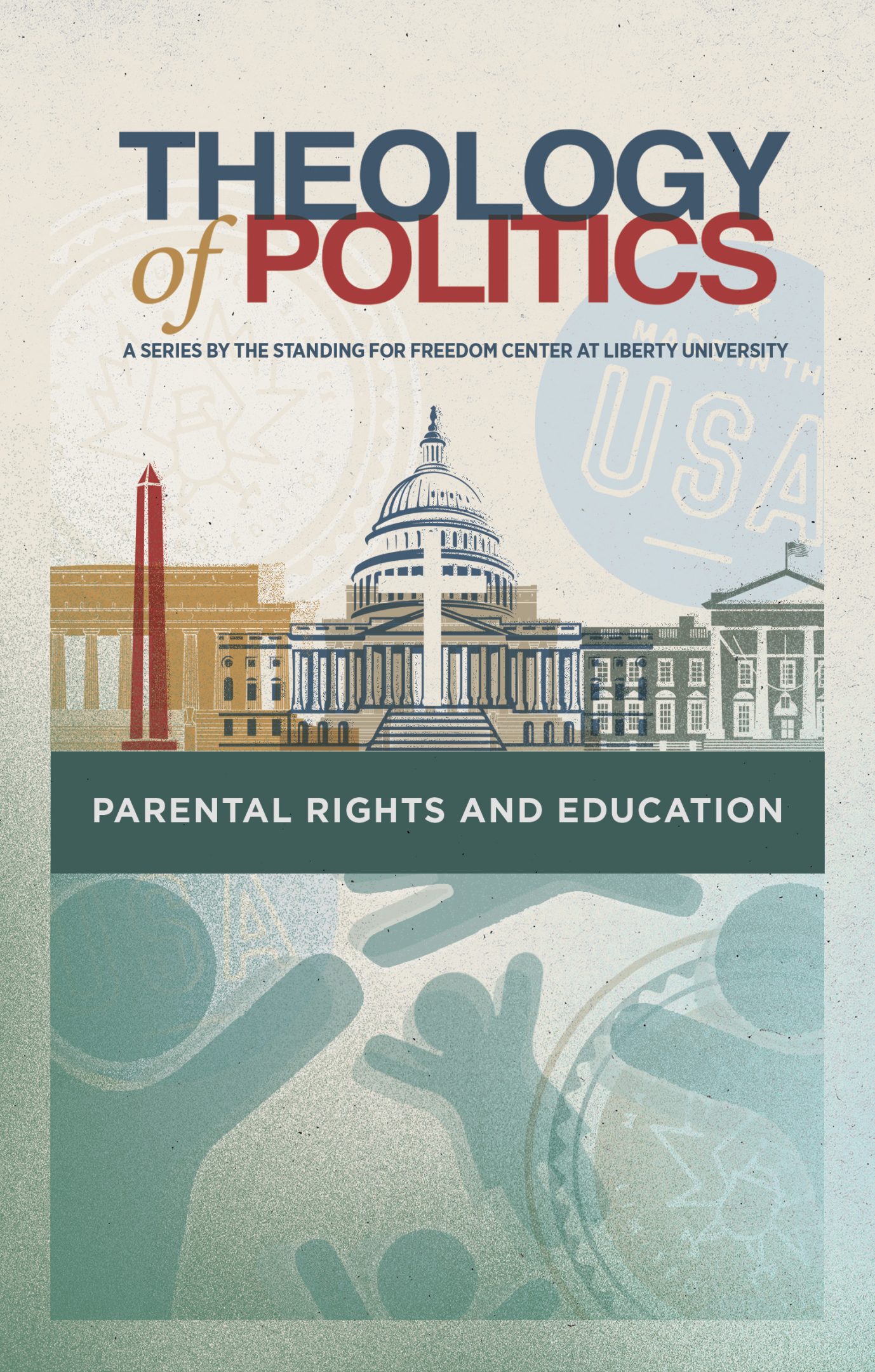


Get a free copy of Parental Rights & Education when you subscribe to our newsletter!

Advent, rooted in the Old and New Testaments, provides a sacred time for believers to prepare their hearts, cultivate virtues, and celebrate the real meaning of the season — the Incarnation of our Savior — while also anticipating His future return.
The Christmas season is upon us. Most people during this time are overly busy and stressed. Employees have office parties. Students have final exams and make plans to see all their old friends on holiday break. Families are decorating, baking, and planning for visits with relatives. And everyone is running around shopping for presents.
Unfortunately, many of the traditions that have grown up around Christmas can easily crowd out time for quiet reflection on the actual reason for the season. And the one tradition designed to ensure we do exactly that is increasingly ignored in our current secular age: Advent.
Advent is a beautiful season that has been historically observed by Christians worldwide as a time of anticipation and preparation for the celebration of the birth of Jesus Christ. Rooted in centuries of tradition, Advent, from the Latin word “adventus,” meaning “coming” or “arrival,” is a period that holds profound significance for Bible-believing Christians. This article aims to explore the historical roots and spiritual meaning of Advent, delving into its rich tapestry woven with biblical truths and timeless traditions, while also encouraging Christians to take the time to embrace, anticipate, and consider the true meaning of the coming of Christ that we celebrate at Christmas.
The origins of Advent can be traced back to the early centuries of the Christian Church. While the specific practices and duration of the season have evolved over time, the essence of Advent has remained consistent: a period of reflection, repentance, and joyful expectation. The early Christians, deeply rooted in the Old Testament prophecies foretelling the coming of a Messiah, saw Advent as a time to prepare their hearts for the fulfillment of God’s promises.
As Christianity spread and became more organized, various Christian denominations developed their own observances of Advent. While I’m a Protestant, it is accurate to note that the Roman Catholic Church played a significant role in formalizing the liturgical aspects of Advent, establishing a four-week period of preparation leading up to Christmas Day. In contrast, the Eastern Orthodox Church maintains a longer Advent season, beginning on November 15th and focusing on both the first and second comings of Christ.
Protestants, however, have developed their own rich manifestations of an Advent liturgy and traditions over the years. These include:
From an evangelical perspective, the roots of Advent are firmly embedded in the Scriptures. The Old Testament is replete with prophecies foretelling the coming of a Redeemer who would bring salvation and establish God’s kingdom. The Gospel of Matthew, for instance, opens with a genealogy connecting Jesus to the lineage of David, emphasizing His messianic credentials. The angelic proclamation to Mary in Luke 1:31-33 further underscores the fulfillment of Old Testament prophecies in the birth of Jesus.
The Advent season is a time for believers to immerse themselves in these biblical narratives, retracing the steps of God’s redemptive plan. The lighting of Advent candles, each representing a different aspect of the Christmas story, serves as a tangible reminder of the journey from prophecy to fulfillment. The first candle often symbolizes hope, reflecting the anticipation of the Messiah’s arrival, while subsequent candles represent themes such as peace, joy, and love, mirroring the virtues embodied in Christ.
Conservative, Bible-believing Christians view Advent not merely as a historical commemoration but as a theological reflection on the dual nature of Christ’s coming. Advent encompasses both the Incarnation — when the Word became flesh in the person of Jesus — and the eschatological expectation of His second coming. This duality gives the season a profound depth, prompting believers to contemplate the mystery of God dwelling among humanity and the promise of His triumphant return.
The Advent season encourages believers to adopt a posture of repentance and spiritual readiness, echoing the biblical exhortations of John the Baptist, the “messenger” who was sent ahead. The Gospel of Mark records John’s proclamation: “Prepare the way for the Lord, make straight paths for him” (Mark 1:3, NIV). This call to preparation resonates through the ages, urging believers to examine their hearts, repent of sin, and align their lives with the teachings of Christ.
As mentioned, Bible-believing evangelicals engage in various practices during Advent to foster a sense of sacred anticipation. The practices of lighting Advent candles, Scripture readings, and special prayers, and the Advent wreath, a circular arrangement of evergreen branches with candles, serve as a visual representation of the eternal nature of God’s promises and the unending nature of His love.
Christians sometimes also incorporate the observance of a Jesse Tree into their Advent traditions. The Jesse Tree is a visual representation of the genealogy of Jesus, tracing His lineage through key figures and events in the Old Testament. On each day leading up to Christmas, a new symbol or ornament is added to the tree, deepening the understanding of God’s redemptive plan and the significance of Jesus’ birth.
In conclusion, the observance of Advent reveals a profound tapestry woven with historical significance, biblical truths, and timeless traditions. As believers journey through the four weeks of anticipation, they engage in a deep and meaningful reflection on the historical fulfillment of prophecies in the birth of Jesus and the future hope of His return. Advent, rooted in the Old and New Testaments, provides a sacred time for believers to prepare their hearts, cultivate virtues, and celebrate the Incarnation of our Savior — a moment that continues to resonate through the corridors of time with enduring relevance and significance.
So, if you’ve never fully embraced Advent, try it this year. Not only will it help you strip away the secular excesses of this season by putting your focus squarely on Christ and His birth, but the anticipation will make the dawning of Christmas morning that much sweeter.
The Church must be involved in public discourse and influence. That’s why we write — so our readers can be equipped to understand and pursue righteous change in the world. For more timely, informative, and faith-based content, subscribe to the Standing for Freedom Center newsletter.
Christian conservative news and issues that matter. Curated just for you!
